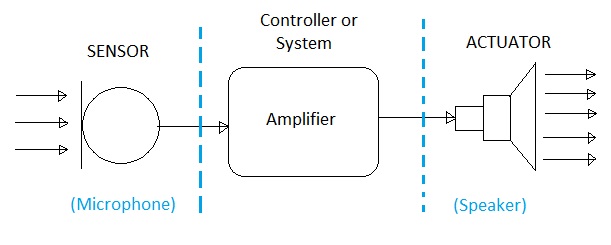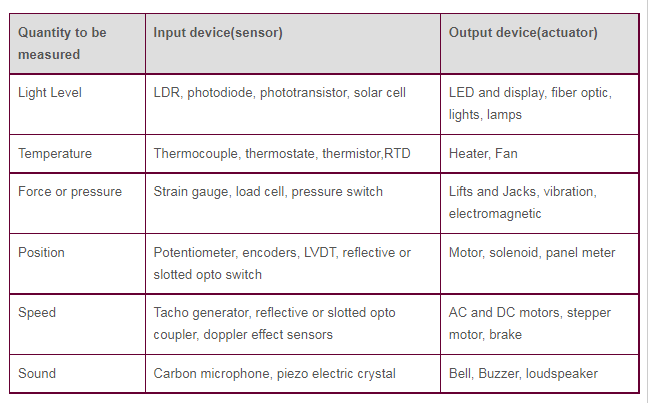Products Category
- FM Transmitter
- 0-50w 50w-1000w 2kw-10kw 10kw+
- TV Transmitter
- 0-50w 50-1kw 2kw-10kw
- FM Antenna
- TV Antenna
- Antenna Accessory
- Cable Connector Power Splitter Dummy Load
- RF Transistor
- Power Supply
- Audio Equipments
- DTV Front End Equipment
- Link System
- STL system Microwave Link system
- FM Radio
- Power Meter
- Other Products
- Special for Coronavirus
Products Tags
Fmuser Sites
- es.fmuser.net
- it.fmuser.net
- fr.fmuser.net
- de.fmuser.net
- af.fmuser.net ->Afrikaans
- sq.fmuser.net ->Albanian
- ar.fmuser.net ->Arabic
- hy.fmuser.net ->Armenian
- az.fmuser.net ->Azerbaijani
- eu.fmuser.net ->Basque
- be.fmuser.net ->Belarusian
- bg.fmuser.net ->Bulgarian
- ca.fmuser.net ->Catalan
- zh-CN.fmuser.net ->Chinese (Simplified)
- zh-TW.fmuser.net ->Chinese (Traditional)
- hr.fmuser.net ->Croatian
- cs.fmuser.net ->Czech
- da.fmuser.net ->Danish
- nl.fmuser.net ->Dutch
- et.fmuser.net ->Estonian
- tl.fmuser.net ->Filipino
- fi.fmuser.net ->Finnish
- fr.fmuser.net ->French
- gl.fmuser.net ->Galician
- ka.fmuser.net ->Georgian
- de.fmuser.net ->German
- el.fmuser.net ->Greek
- ht.fmuser.net ->Haitian Creole
- iw.fmuser.net ->Hebrew
- hi.fmuser.net ->Hindi
- hu.fmuser.net ->Hungarian
- is.fmuser.net ->Icelandic
- id.fmuser.net ->Indonesian
- ga.fmuser.net ->Irish
- it.fmuser.net ->Italian
- ja.fmuser.net ->Japanese
- ko.fmuser.net ->Korean
- lv.fmuser.net ->Latvian
- lt.fmuser.net ->Lithuanian
- mk.fmuser.net ->Macedonian
- ms.fmuser.net ->Malay
- mt.fmuser.net ->Maltese
- no.fmuser.net ->Norwegian
- fa.fmuser.net ->Persian
- pl.fmuser.net ->Polish
- pt.fmuser.net ->Portuguese
- ro.fmuser.net ->Romanian
- ru.fmuser.net ->Russian
- sr.fmuser.net ->Serbian
- sk.fmuser.net ->Slovak
- sl.fmuser.net ->Slovenian
- es.fmuser.net ->Spanish
- sw.fmuser.net ->Swahili
- sv.fmuser.net ->Swedish
- th.fmuser.net ->Thai
- tr.fmuser.net ->Turkish
- uk.fmuser.net ->Ukrainian
- ur.fmuser.net ->Urdu
- vi.fmuser.net ->Vietnamese
- cy.fmuser.net ->Welsh
- yi.fmuser.net ->Yiddish
Introduction to Sensors and Transducers
Due to emergence of IoT (Internet of Things) demand for sensors and transducers have increased drastically. Sensors are used throughout the industry verticals including agriculture, power sector, healthcare, automotive , telecommunications , instrumentation and more. Based on these various products have been developed which consist of sensors. To name a few sensors are in our bodies, in aeroplanes, in cellular telephones, in radios, in the chemical plants and industrial plants and more. Let us understand what is the difference between sensors and transducers.
In a common terms, sensor is basically a device which detects change in physical parameters and converts it into a signal which can be recorder or measured. For example, Thermistor which senses the change in temperature and converts it into resistance change.

sensors and transducers
The transducer is a device which converts energy in primary form into corresponding energy signal in the different form. the primary forms of energy include mechanical, electromagnetic, thermal, chemical, optical and more. As shown in the figure-1, transducer composed of a sensor and an actuator. As depicted microphone is the sensor which converts acoustic signal into electrical form which is being amplified and fed to the loudspeaker which converts electrical signal back to acoustic waves. Here louspeaker is a actuator which generates signal or the stimulus. Sensor basically detects or measures a signal or stimulus.
As we know world is moving towards having automation in all the industries including our home. Due to boom in the wireless standard compliant devices based on WiFi, Zigbee and Bluetooth home automation has become reality. Home automation relies heavily on sensors of various kinds such as proximity sensor or motion sensor, liquid level sensor, smoke sensor, magnetic sensor, temperature sensor, light sensor and more.
Types of Transducers and sensors
The self generating transducer do not need external power to function. They will produce current or voltage due to stimulation of some physical form of energy. Thermocouple is self generating type of transducer.
Sensors types are categorized based on the material and functionalities. Sensors are either organic or inorganic. Ogranic sensors are made of materials such as insulator, liquid, gas or plasma etc. Inorganic sensors are made of conductor, semiconductor or biological substances. Based on detection mechanism used in the sensors they are of various types. These include Biological sensor, chemical sensor, physical sensor, temperature sensor, electric or magnetic sensor, light sensor, radioactive sensor etc.
Physical sensors will have following conversion phenomena:
• Thermoelectric
• Photoelectric
• Photomagnetic
• Magnetoelectric
• Electromagnetic
• Thermoelastic
• Electroelastic
• Thermomagnetic
• Thermooptic
• Photoelastic
Chemical sensors will have conversion phenomena such as chemical transformation, physical transformation, electrochemical process, spectroscopy etc. Similarly biological sensors will have biochemical transformation, physical transformation, effect on test organism, spectroscopy and more.
Following table summarizes transducer types based on quantity to be measured. The table lists out sensors and actuators used along with quantity to be measured.

Sensor or transducer manufacturers
• Sensitivity
• Stimulus range (span)
• Stability (short and long term)
• Resolution
• Accuracy
• Selectivity
• Speed of response
• Environmental conditions
• Overload characteristics
• Linearity
• Hysteresis
• Dead band
• Operating life
• Output format
• Cost
• size
• weight

